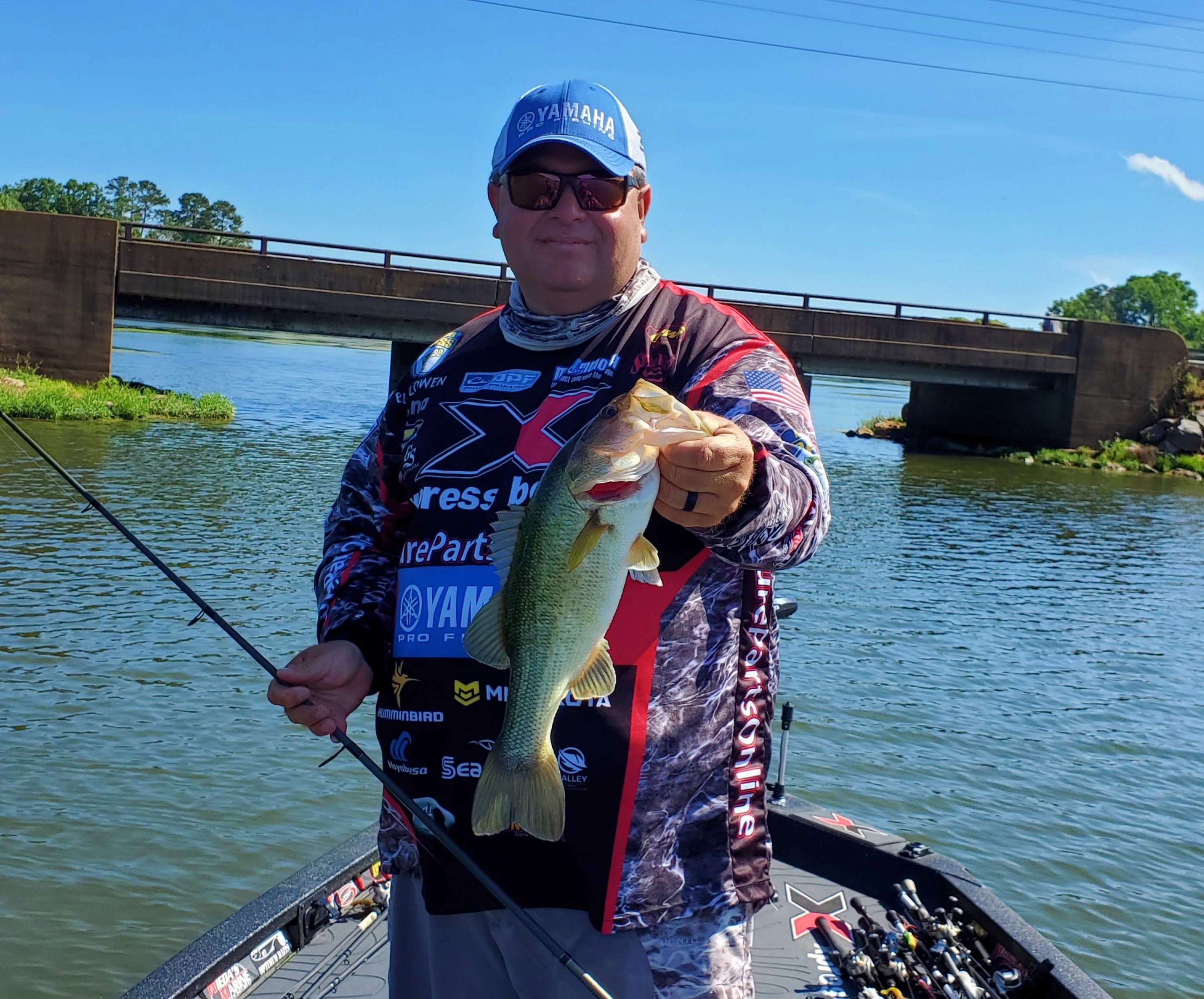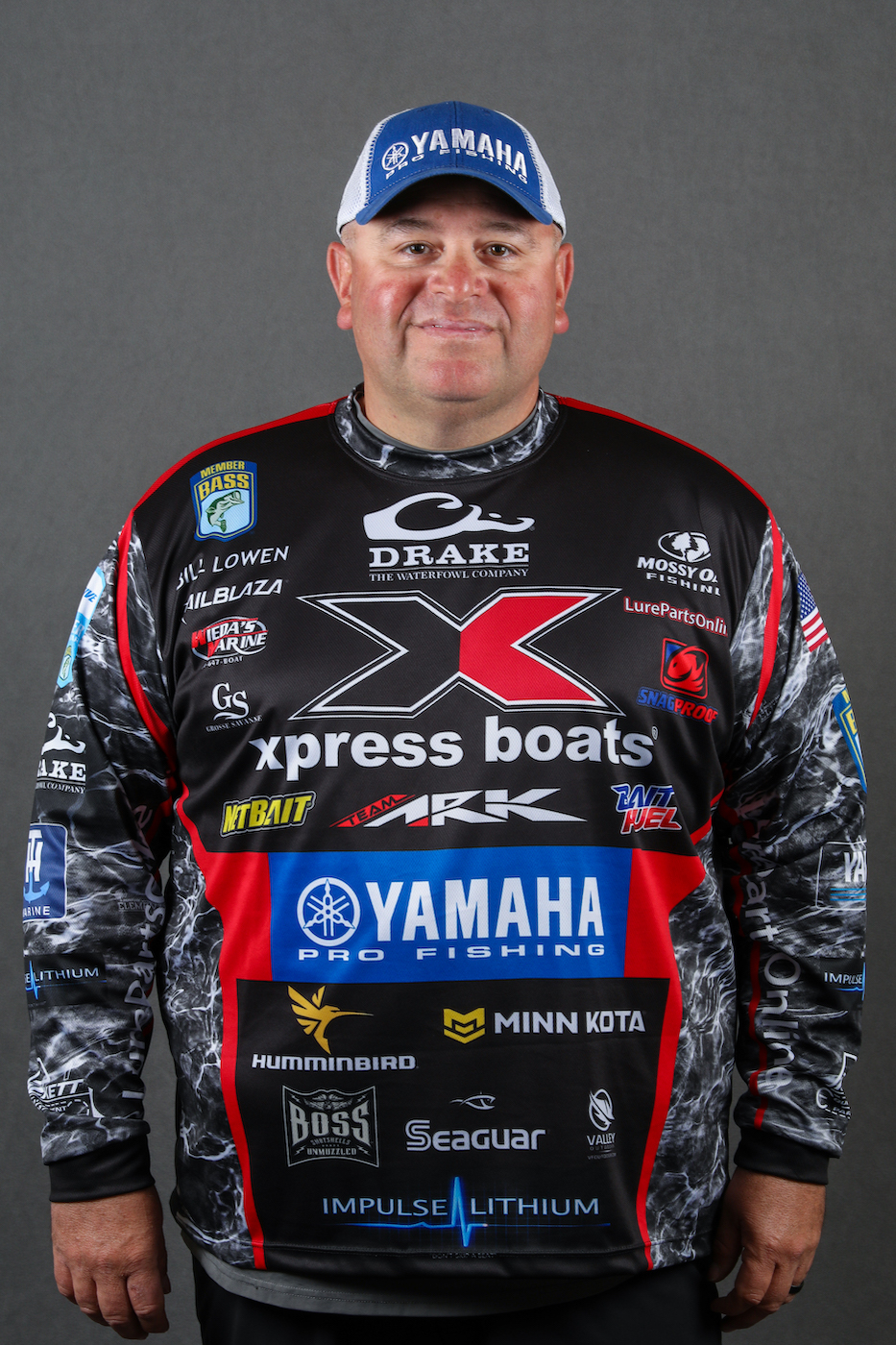
If you listen to me very long, you’ll hear me say that there are always some bass shallow no matter where or when you’re fishing. And, right after I say that, I’ll say that’s why you should learn to flip and pitch.
Actually it goes a little further than that. If you learn to cast really well, you’ll catch fish other anglers miss. When I say that I’m talking about any kind of cast involving any kind of fishing technique. But that is for another column altogether. For now I’ll stick to flipping and pitching.
There are two things to remember about catching shallow bass. The first is to put the bait where they’re holding — right on their nose. I’m a firm believer that some of those super shallow bass don’t know there’s a main lake out there, and even if they do they won’t go out to it.
If you expect to catch those fish, you need to be able to make exact presentations and show them different angles. It’s about covering the water and the spots other anglers can’t. The only way to do that is to flip and pitch accurately.
The only way I know to develop that is to practice at home. Set a few flowerpots around and practice hitting them from different distances and from different angles. Then, when you can do that routinely, replace them with a small coffee cup.
Do not set your targets in the same place all the time, and do not flip and pitch from the same place all the time. That might make you feel like you’re getting good, but it won’t help you much when you’re actually fishing. Your boat will never be in the same exact spot so why practice that way?
I learned the importance of flipping and pitching when I fished the Ohio River regularly years ago. Those bass are always shallow, and it’s a rare spot that you can fish that you won’t see a boat — or 10 — fishing the same shoreline in front of you. The only way to survive is show your lure to fish that have never seen one, and the only way to do that is be super accurate.
A lot of anglers will agree with all I’ve said up to this point. Where they won’t agree is with my choice of tackle. Unless I’m fishing heavy grass my rod will be a heavy-action flipping stick and my line will be 20- or 25-pound-test Seaguar fluorocarbon.
I’ve never been a believer in super-heavy braid unless it’s absolutely necessary, and absolutely necessary doesn’t come along often. Regardless of what technique you’re using the thing about line is that the heavier it is the less action you get out of your lure. And the less action you get out of your lure the less bites you’ll get from the fish.
So that’s my take on why flipping and pitching are important skills you should master. Learn to put your lure where the other anglers can’t, and learn to do it with every cast no matter where you’re fishing. You’ll catch more bass that way.





